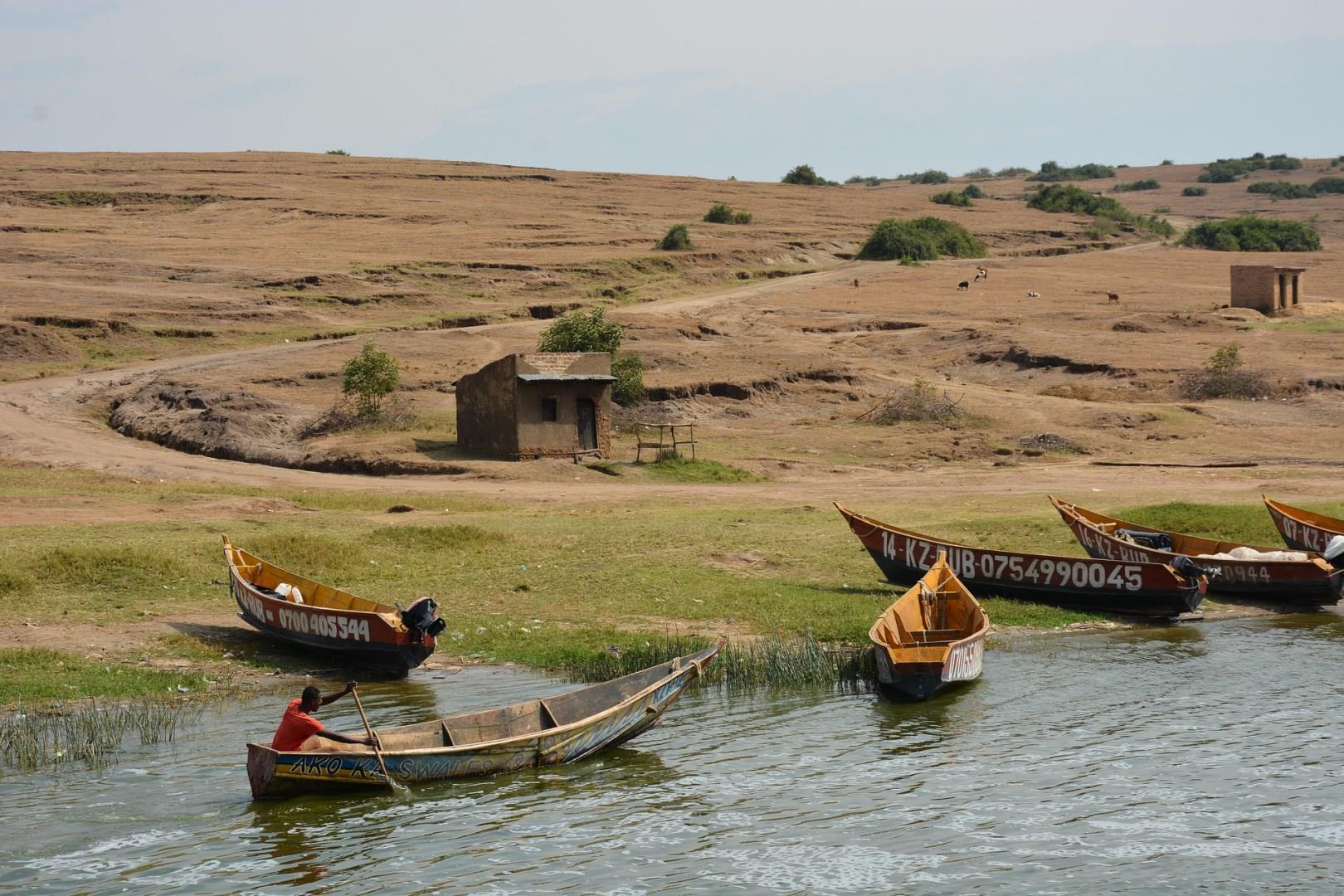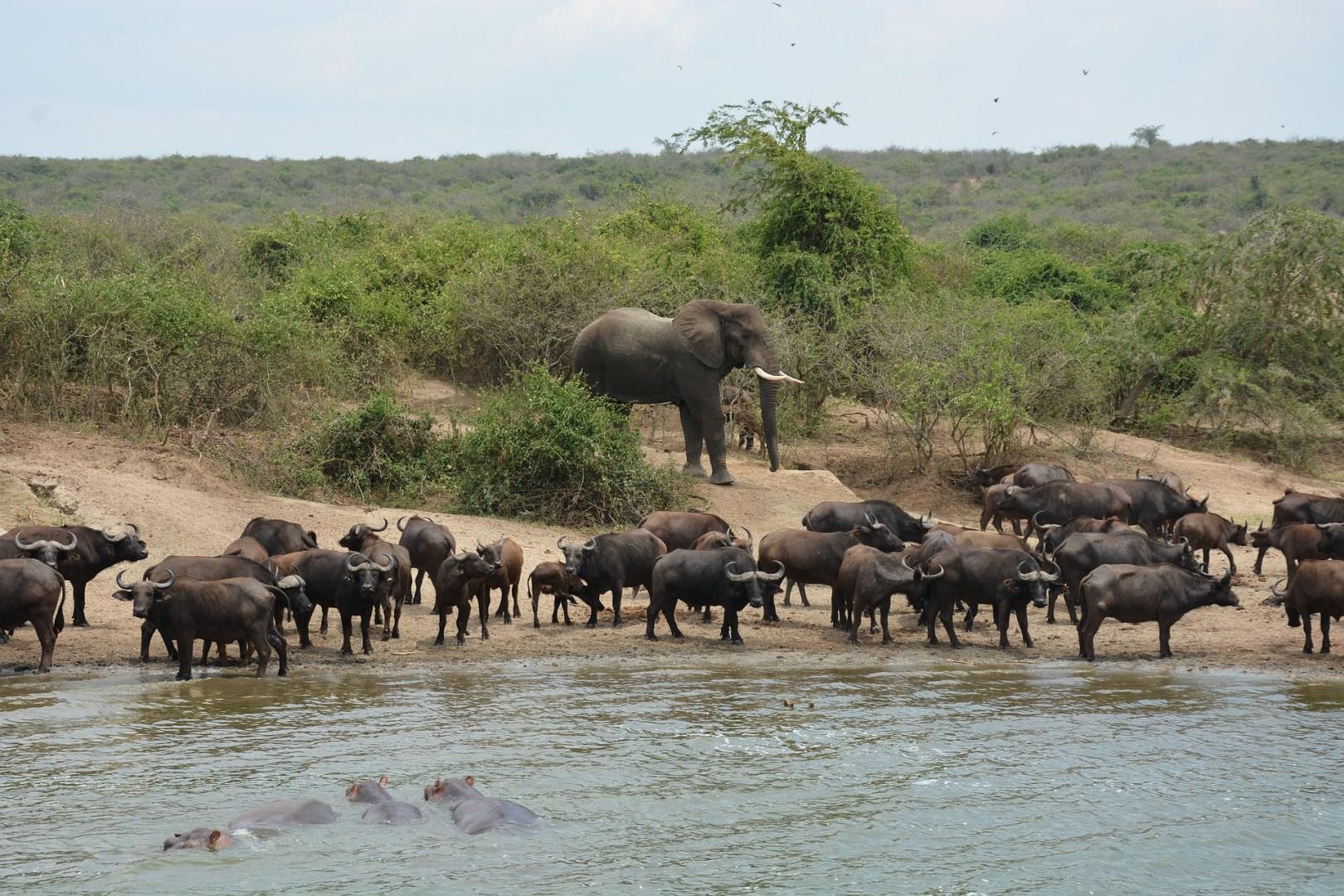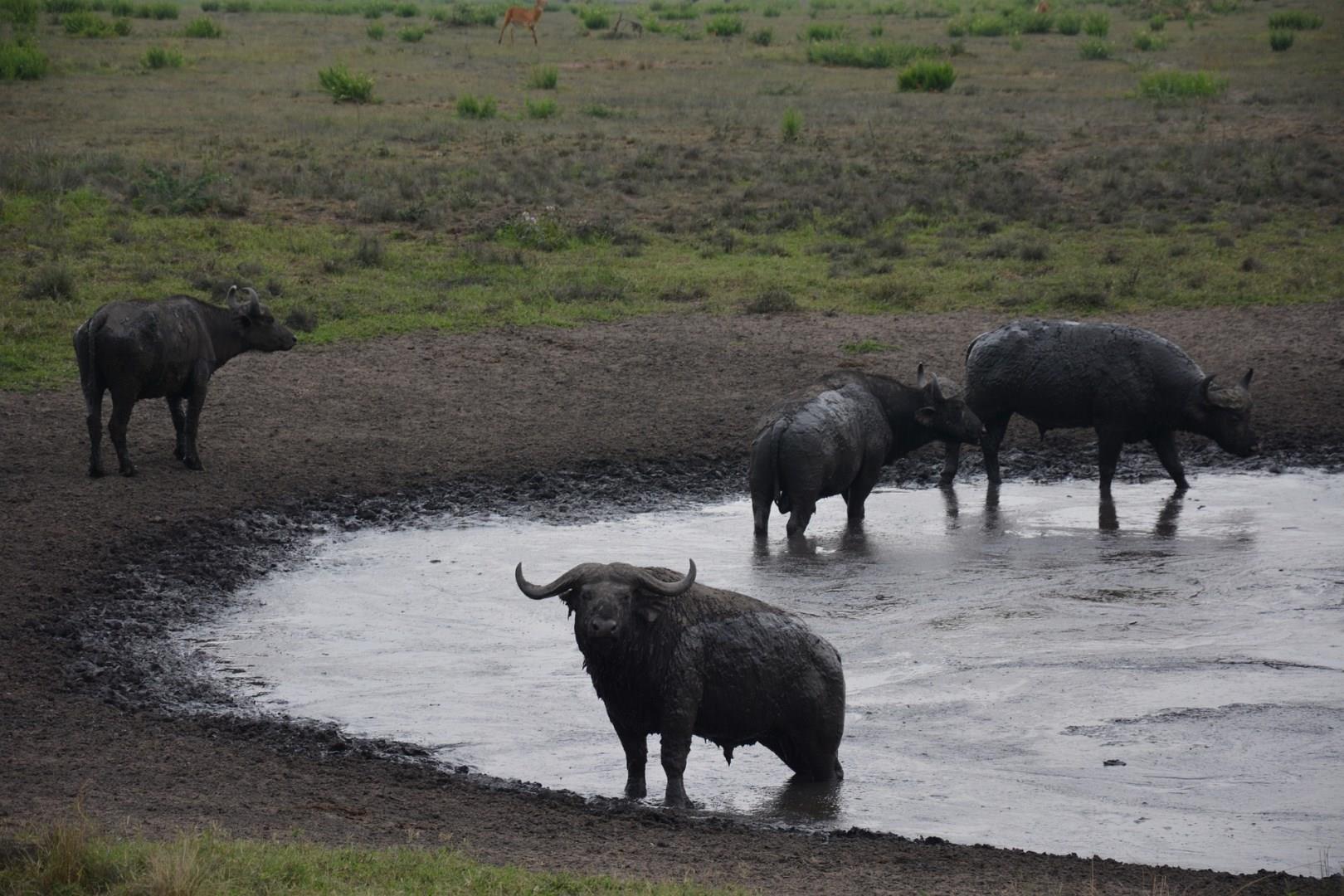

Dusseldorf
The commercial and cultural center for the Ruhr region on the Rhine River, Duseldorff is also the site of the Felderhof Cave where Neanderthal man was found in 1856.

Xian
Xi'an is the capital of Shaanxi (Shen-hsi) Province, and the cultural center of the historic and agriculturally rich Wei River valley.

China
China is the world's third largest country by area and has the largest population. China includes more than 3400 offshore islands. Beijing, Shanghai, and Guangzhou are major cultural centers, which contain most of the renowned museums, theaters, and cultural displays.

South Korea
South Korea in located in the part of northeastern Asia that occupies the southern portion of the Korean Peninsula. The government to encourage the preservation of the traditional arts through several museums: the National Museum (1908), located in Seoul, with its collection of Korean cultural and folklore relics; and branches of the national museums, located in six other major cities.









